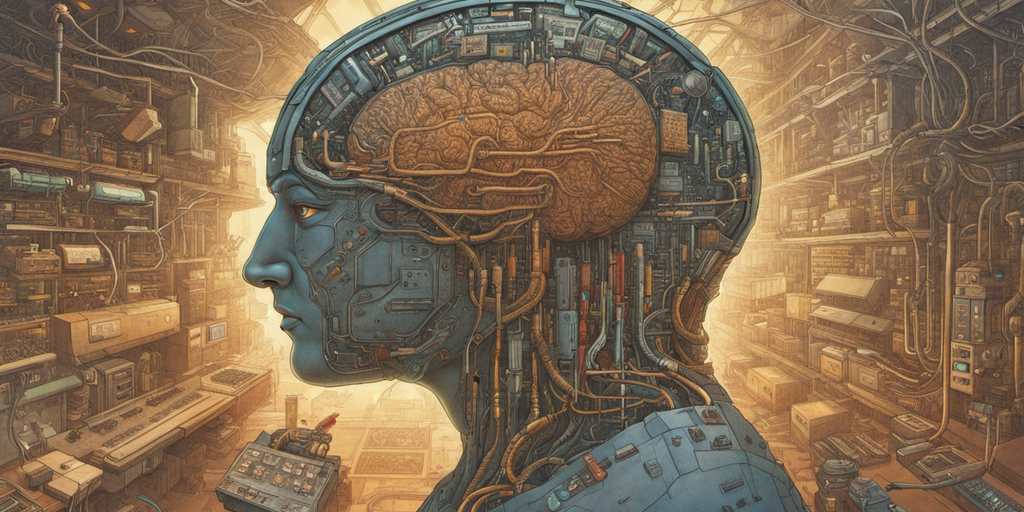OpenAI is releasing ChatGPT Enterprise, a version of its AI technology targeted at large businesses, offering enhanced security, privacy, and faster access to its services.
Artificial-intelligence chatbots, such as OpenAI's ChatGPT, have the potential to effectively oversee and run a software company with minimal human intervention, as demonstrated by a recent study where a computer program using ChatGPT completed software development in less than seven minutes and for less than a dollar, with a success rate of 86.66%.
OpenAI's ChatGPT, a language processing AI model, continues to make strides in natural language understanding and conversation, showcasing its potential in a wide range of applications.
OpenAI, a leading startup in artificial intelligence (AI), has established an early lead in the industry with its app ChatGPT and its latest AI model, GPT-4, surpassing competitors and earning revenues at an annualized rate of $1 billion, but it must navigate challenges and adapt to remain at the forefront of the AI market.
OpenAI is previewing a new version of its DALL-E tool, DALL-E 3, which improves upon its ability to create images from written prompts and will be integrated into the popular ChatGPT chatbot, expanding the reach of the technology despite concerns from lawmakers about AI image generators.
Microsoft has introduced new features to its AI chatbot, Bing Chat, including more personalized answers, an improved shopping experience, and an Image Creator powered by OpenAI's DALL-E 3.
OpenAI has introduced GPT-4V and multimodal conversational modes for its ChatGPT system, enabling users to engage in voice conversations and include images, creating new interactive possibilities with the chatbot.
OpenAI has announced that ChatGPT, its popular AI chatbot, now has the ability to browse the internet and provide users with real-time information, allowing it to offer up-to-date responses to queries.
Summary: OpenAI's ChatGPT has received major updates, including image recognition, speech-to-text and text-to-speech capabilities, and integration with browsing the internet, while a new contract protects Hollywood writers from AI automation and ensures AI-generated material is not considered source material for creative works; however, a privacy expert advises against using ChatGPT for therapy due to concerns about personal information being used as training data and the lack of empathy and liability in AI chatbots.
Microsoft stands to profit from the growing adoption of artificial intelligence (AI) through its strategic moves in the field, which include integrating generative AI tools into its suite of productivity tools and its sizable investment in OpenAI's ChatGPT, potentially generating significant additional revenue and profits.
OpenAI, the company behind ChatGPT, is considering making its own AI chips due to a shortage of processors and the high costs associated with using Nvidia's chips.
OpenAI has launched new features for ChatGPT, allowing users to upload images and ask questions based on the pictures, although it is restricted from identifying humans in order to prioritize privacy.
OpenAI, the creator of ChatGPT, is partnering with Abu Dhabi's G42 to expand its generative AI models in the United Arab Emirates and the broader region, focusing on sectors like financial services, energy, and healthcare.
OpenAI has released its Dall-E 3 technology, which combines generative AI with text prompts to create detailed and improved images, incorporating enhancements from its ChatGPT technology.
OpenAI is granting ChatGPT Plus and Enterprise subscribers access to its AI image generator, DALL-E 3, although ethical concerns and risks regarding harmful content remain.
OpenAI's latest AI image generator model, DALL-E 3, is now available to paying customers of ChatGPT Enterprise and Plus, allowing users to create unique images by instructing the chatbot and offering revisions in the chat, while OpenAI emphasizes responsible development and deployment and addresses concerns such as safety, graphic content generation, and demographic representation.
